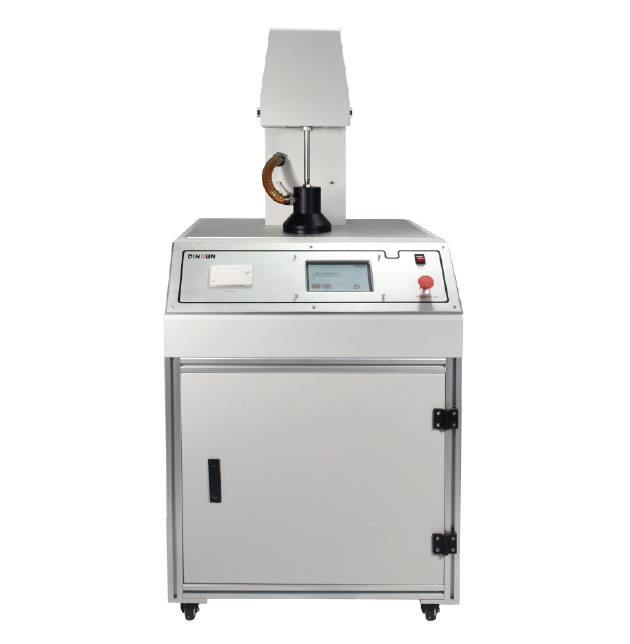- Qinsun Instruments Co., Ltd.
- Tell:+86-21-6780 0179
- Phone:+86-17740808215
- Address:No. 2578 Minhang District Gu Dai Road, Shanghai
- Contact:Mr. Li
- QQ:846490659
Selection of coating thickness gauge

The coating thickness gauge can non-destructive measure the thickness of non-magnetic coatings on magnetic metal substrates (such as steel, iron, alloys, and hard magnetic steel) (such as aluminum, chromium, copper, enamel, rubber, paint, etc.) and the thickness of non-conductive coatings on non-magnetic metal substrates (such as copper, aluminum, zinc, tin, etc.) (such as enamel, rubber, paint, plastic, etc.).
The coating thickness gauge can detect the thickness of anti-corrosion coatings on paint films, coatings, or other coatings, with a detection range of 0-1200 microns to 9000. Different thicknesses correspond to different models, and materials can be iron and other metals. Magnetic and non-magnetic coating thickness gauges are perfect solutions to problems with the new integrated machine of Kedian. In addition, the maintenance and repair of instruments in enterprises have brought convenience, enhanced the safety factor of instruments, and extended their service life, which can be achieved by Kedian thickness gauges and coating thickness gauges. In addition to steel mills, there are also petrochemical plants, power plants, petroleum, chemical, boiler inspection, steel manufacturing, etc.
Combined with an electric spark leak detector, quality inspection can be carried out on coatings of different thicknesses, such as glass lining, fiberglass, epoxy coal tar asphalt, and rubber lining. If pinholes, bubbles, and cracks appear, the instrument will emit a bright electric spark and sound an alarm. Due to being powered by batteries, it is particularly suitable for field operations.
Users can choose different thickness gauges according to their measurement needs. Magnetic thickness gauges and eddy current thickness gauges generally measure thicknesses ranging from 0 to 5 millimeters. These instruments are divided into probe and host integrated types, and probe and host separated types. The former is easy to operate, while the latter is suitable for measuring non planar shapes. Thicker and denser materials need to be measured using an ultrasonic thickness gauge, which can reach a thickness of 0.7-250 millimeters. The electrolytic thickness gauge is suitable for measuring the thickness of metals such as gold and silver electroplated on very thin lines.





